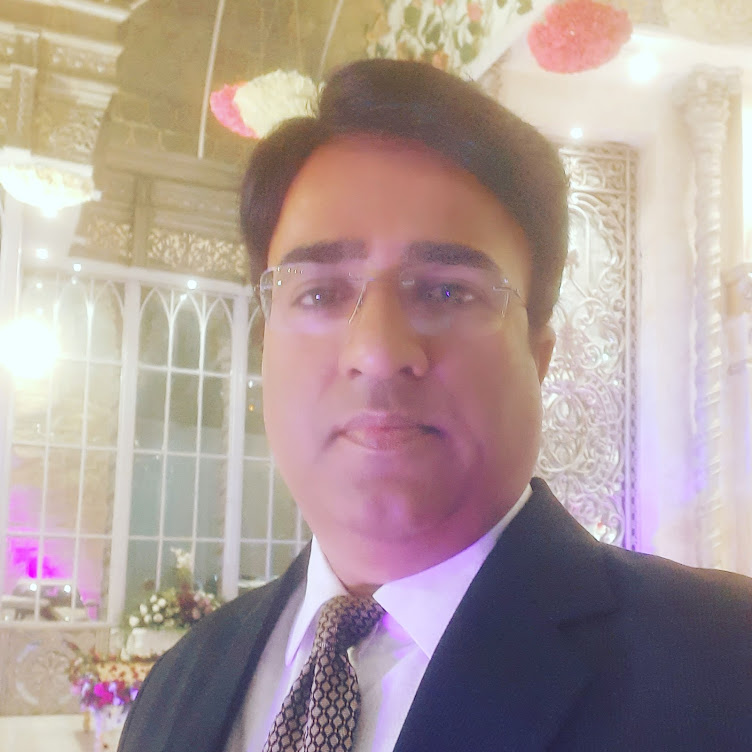When Alexander invaded India in 326 BC, he crossed the Indus river and defeated the Indian rulers in battle. Noteworthy of the Indians’ attempts at war, was the use of elephants, something that the Macedonians had never seen before. Alexander then took over the lands of the defeated kings.
The Gupta period has been referred to as the Golden Age of Indian
history. When Chandragupt I received the gift of Pataliputra in dowry when he
married the daughter of the chief of the ‘Licchavis’, he started to lay down
the foundation of his empire, which extended from the river Ganges or the Ganga
to the city of Allahabad. He ruled for 15 years and was also referred to as the
‘king of kings’ for his strategic conquests and the flourishing state of India.
The
last of the ancient kingdoms in India was by the king Harshavardhana, who
ascended the throne at Thanneshwar and Kannauj after his brother died. While
successful in a few of his conquests, he eventually got defeated by the
Chalukya Kingdom of Deccan India. Harshavardhana was well-known for
establishing relations with the Chinese, and also for having high religious
tolerance and strong administrative capabilities.
The
Cholas were the most important rulers at this time, the 9th Century AD. Their
kingdom covered a large part of South India, including Sri Lanka and the
Maldives. While the rulers ruled bravely and carried out the annexation of
multiple territories in India, the empire came to an end in the 14th Century AD
with an invasion by a man named Kafur Malik. The monuments from the Chola
Dynasty are still intact and are known for their rustic charm.
The
next major empire was that of the Mughals, preceded by a rise in Islamic
rulers. The invasion of Timur was a significant point in Indian history before
a Hindu revival movement called the Bhakti movement, came to be. Finally, in
the 16th Century, the Mughal empire started to rise. One of the greatest
empires of India, the Mughal empire was a rich and glorious one, with the whole
of India united and ruled by one monarch. The Mughal Kings were Babar, Humayun,
Sher Shah Suri (not a Mughal king), Akbar, Jehangir, Shah Jahan, and Aurangzeb.
They were responsible for setting up efficient public administration, laying
out infrastructure, and promoting the arts. A large number of monuments in
India today exist from the Mughal period. The death of the last Mughal King,
Aurangzeb, sowed the seeds of disintegration within India. Influencers of
Islamic architecture in India, the Mughal kings are still looked back in
awe.
Emperor Akbar, also known as Akbar the Great or Jalaluddin Muhammad Akbar, was the third emperor of the Mughal Empire, after Babur and Humayun. He was the son of Nasiruddin Humayun and succeeded him as the emperor in the year 1556 when he was only 13 years old.
Shah Jahan, also known as Shahbuddin Mohammed Shah Jahan, was a Mughal Emperor who ruled in the Indian Subcontinent from 1628 to 1658. He was the fifth Mughal ruler, after Babur, Humayun, Akbar, and Jahangir. Shah Jahan succeeded the throne after revolting against his father, Jahangir.
Chatrapati Shivaji Maharaj was the founder of the Maratha Empire in
western India. He is considered to be one of the greatest warriors of his
time and even today, stories of his exploits are narrated as a part of the
folklore. King Shivaji used the guerrilla tactics to capture a part of, the
then, dominant Mughal empire.
During the late 16th and the 17th Centuries, the European trading
companies in India competed with each other ferociously. By the last quarter of
the 18th Century, the English had outdone all others and established themselves
as the dominant power in India. The British administered India for a period of
about two centuries and brought about revolutionary changes in the social,
political and economic life of the country.
However,
the zenith of colonisation was achieved when the British arrived in the early
1600s as traders. Capitalizing on the disintegration that existed in India
after the Mughal rule, the British actively used the strategy of
‘divide-and-rule’ to rule over India for over 2 centuries. While the British
had come in earlier, they only achieved political power in 1757 AD after the
Battle of Plassey.
They
took a keen interest in the resources that India had to offered and have been
looked back at as plunderers of India’s wealth of resources - as they took
cotton, spices, silk, and tea, amongst numerous other resources. While they did
lay out a massive chunk of India’s infrastructure, by also bringing the Indians
steam engines, it is seldom looked back at as an equal relationship. The
British Raj was divisive and pit Indians against one another, on the basis of
religion; and also mistreated the laborers. The Indians were essentially slaves
of the British rule and were working hard without any returns on their work.
This, naturally, led to multiple mutinies; and prominent freedom fighters came
to the forefront. Different ideologies of thought believed that there were
different ways of gaining freedom; however, they all had one common goal -
freedom.
The
British queen had asserted that the aim of the British was to help India
progress - however, multiple problems arose without the consultation of Indian
leaders. One important instance of this was when in the First World War,
Britain launched an attack on Germany on behalf of India, even though India did
not wish for that to happen; and millions of Indian soldiers were at the
forefront of the British Indian Army during both the world wars - further
fuelling the Indian resistance. Over a million Indian soldiers were killed in
both the World Wars.
